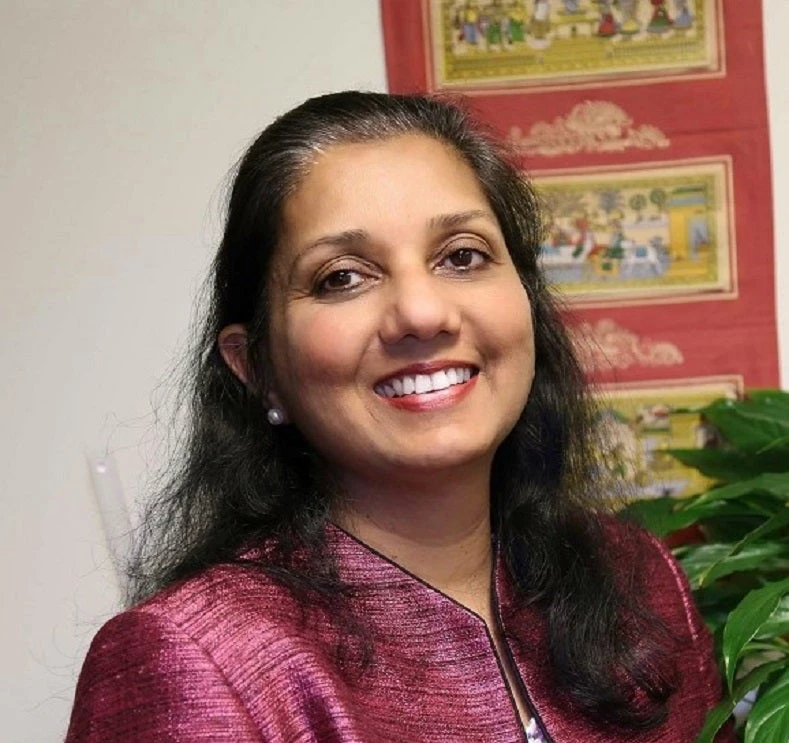 In the world’s poorest countries—which are served by the World Bank’s International Development Association (IDA)—debt transparency is key to charting a course forward from COVID-19 and elevated debt burden
In the world’s poorest countries—which are served by the World Bank’s International Development Association (IDA)—debt transparency is key to charting a course forward from COVID-19 and elevated debt burden
As the socioeconomic harm of COVID-19 intensifies in the poorest countries, rising debt levels have formed an added layer of complexity. In fact, the debt burden in low-income countries rose 12 percent, rising to a record $860 billion in 2020. For those served by the World Bank’s fund for the poorest countries—the International Development Association (IDA)—average public debt is estimated to have increased by 7 percentage points to a staggering 61 percent of GDP by the end of 2020.
Amid this complexity, one thing is exceedingly clear: The path out of this web of challenges depends on much greater transparency on debt. The World Bank Group has long considered debt transparency a crucial step in countries’ development process. Transparency facilitates new investments, improves accountability, and helps reduce corruption. Unfortunately, our latest findings show that 40 percent of low-income countries have not published any data about their sovereign debt for more than two years—and that many of those that do publish it tend to limit the information to central government debt. And in the 74 poorest countries, the repercussions of such disparity are often amplified by other economic vulnerabilities.
That is why the World Bank’s Sustainable Development Finance Policy (SDFP) was put in place to incentivize these IDA-eligible countries to enhance debt transparency, fiscal sustainability, and debt management. Its components include the 1) Debt Sustainability Enhancement Program, which uses concrete performance and policy actions (known as PPAs) to institutionalize policy actions that enhance debt management; and 2) the Program of Creditor Outreach, which promotes stronger collective action, greater debt transparency and closer coordination among borrowers and creditors to lessen debt-related risks.
Despite a challenging domestic and external environment across countries, the SDFP’s debut year has successfully concluded. In 55 countries with elevated debt risk, the early results are promising. About 93 percent of countries satisfactorily implemented all of their PPAs, which bodes well for reforms that promote long-term development. Of these, 76 percent had at least one PPA in debt transparency, 82 percent had at least one PPA on debt management, and 55 percent had at least one PPA on fiscal sustainability. These numbers have been helped greatly by the World Bank’s policy reform-focused financing instrument, known as development policy financing (DPF).
The Program of Creditor Outreach, meanwhile, targeted outreach to development partners, and explored avenues for stronger collaboration with multilateral development banks and bilateral partners. One example of this outreach was a recent high-level roundtable where speakers shared lessons and discussed coordination to ensure consistent application of debt policy at the country level. Those attending included representatives from Benin, Pakistan, and Rwanda, as well as the African Development Bank, Asian Development Bank, IFAD, IMF, Institute of International Finance and Fitch Ratings, Multilateral Cooperation Center for Development Finance, OECD and Paris Club.
At this roundtable, several lessons and experiences came to light. Speakers pointed out the many benefits of debt transparency to all those involved: debtor countries, creditors and investors. They shared their experiences in implementing reforms in publishing more debt information and the reorganization of debt offices. Others highlighted the importance of training to build capacity in borrower countries, and an inventory of practices of financial lenders for better knowledge-sharing.
As Akihiko Nishio, World Bank Vice President for Development Finance noted, the international community has a critical role to play in paving a path out of debt vulnerabilities and risk in IDA countries. And as the historic early IDA20 replenishment approaches amid a pandemic that is still at-large, international solidarity to support vulnerable people has now become a matter of life or death in the world’s poorest countries.
The blog is part of a series on ways to ensure a resilient recovery from COVID-19 in the world’s poorest countries. For the latest, follow @WBG_IDA and #IDAworks.



Join the Conversation